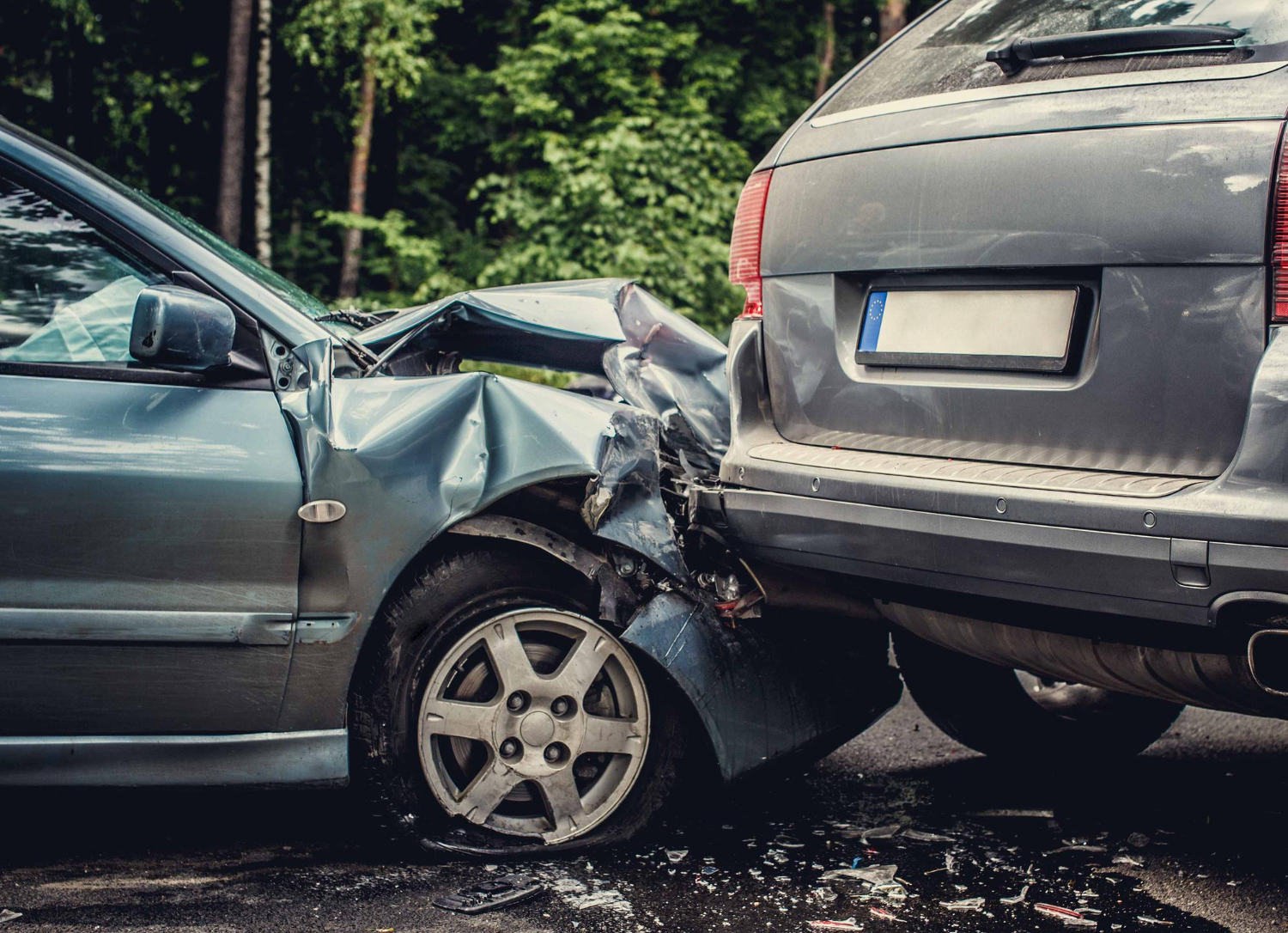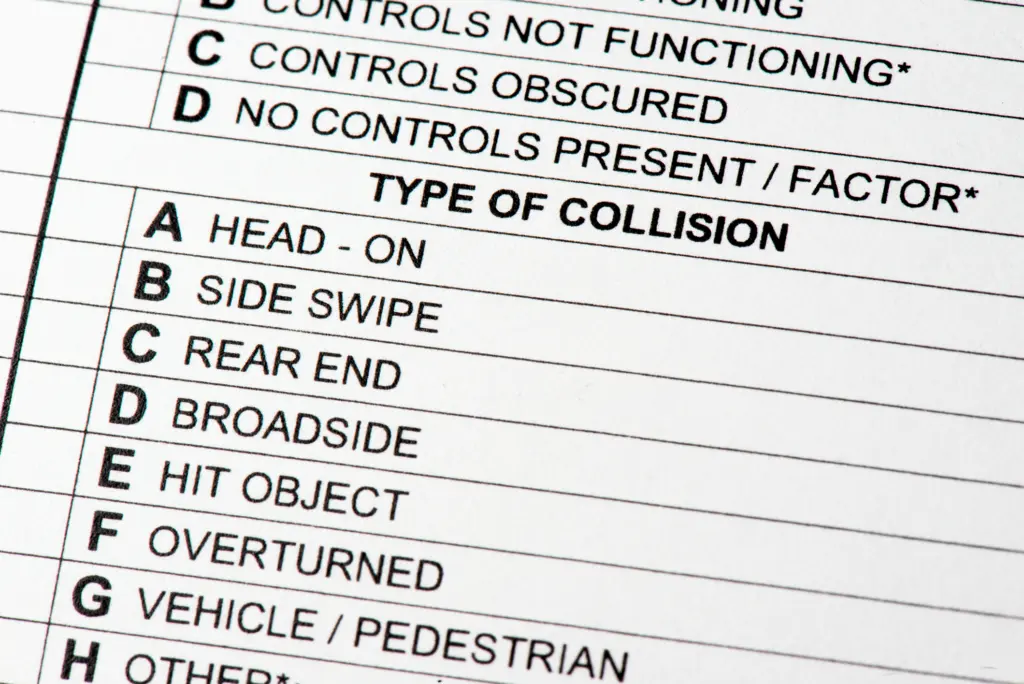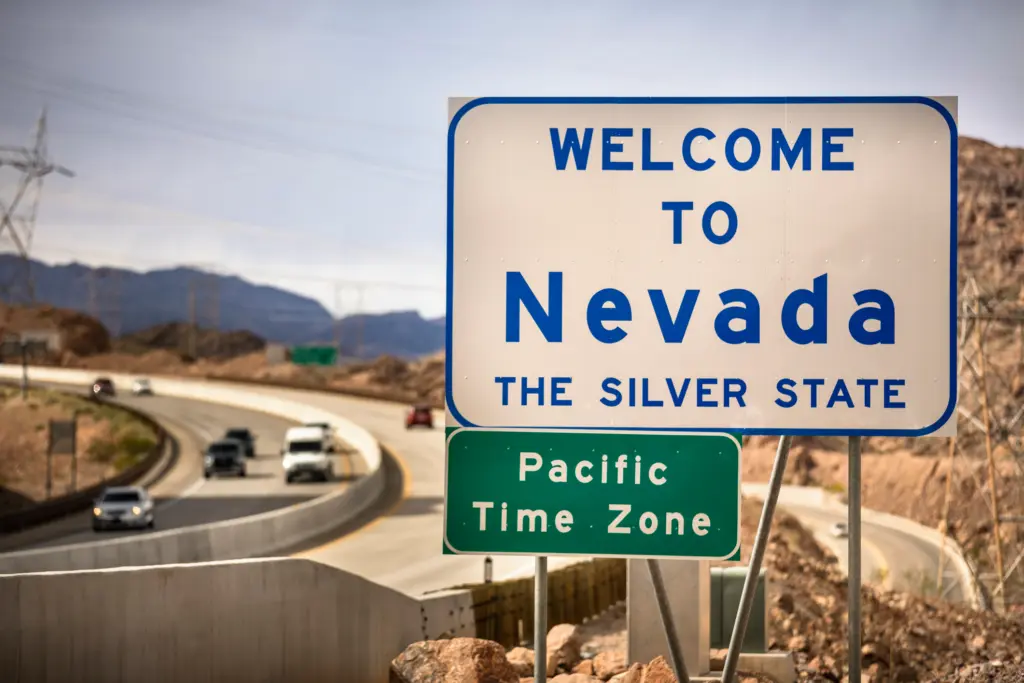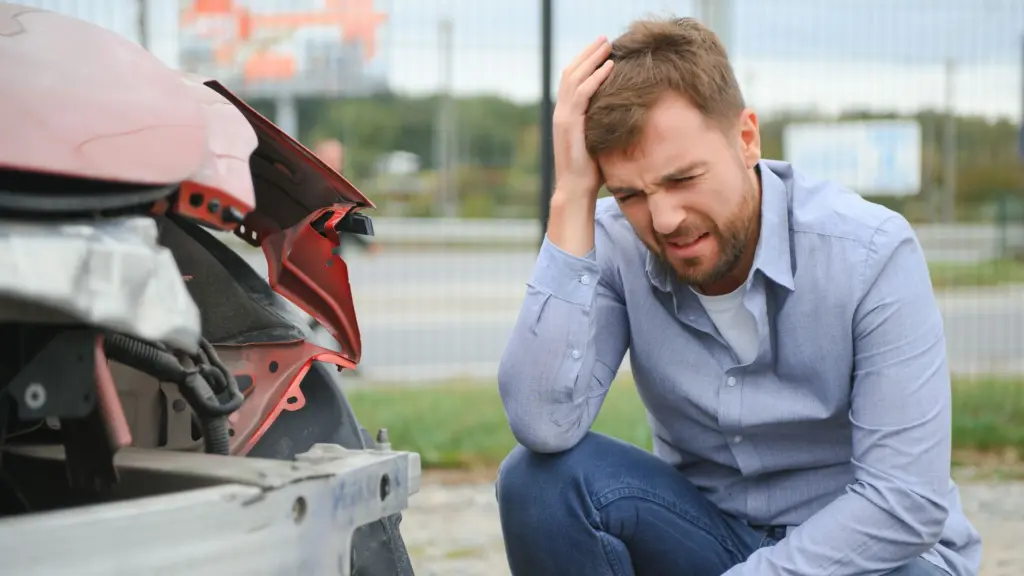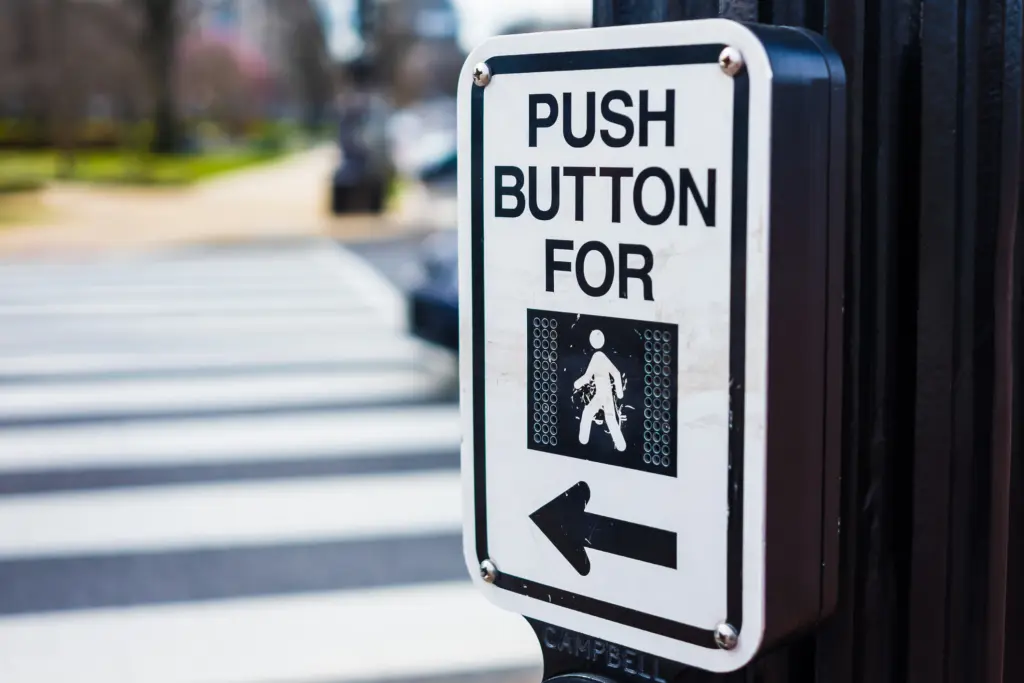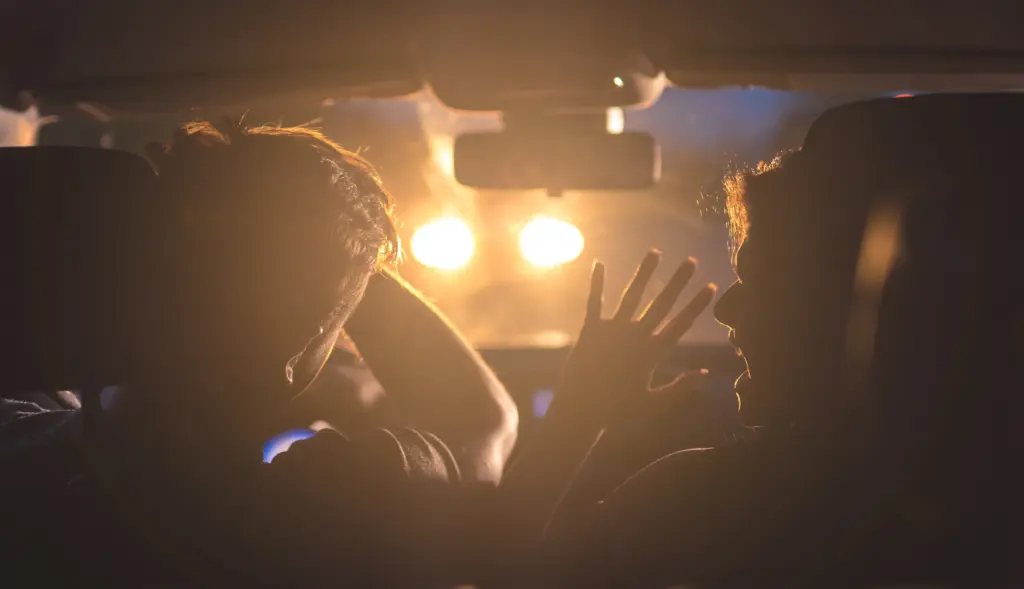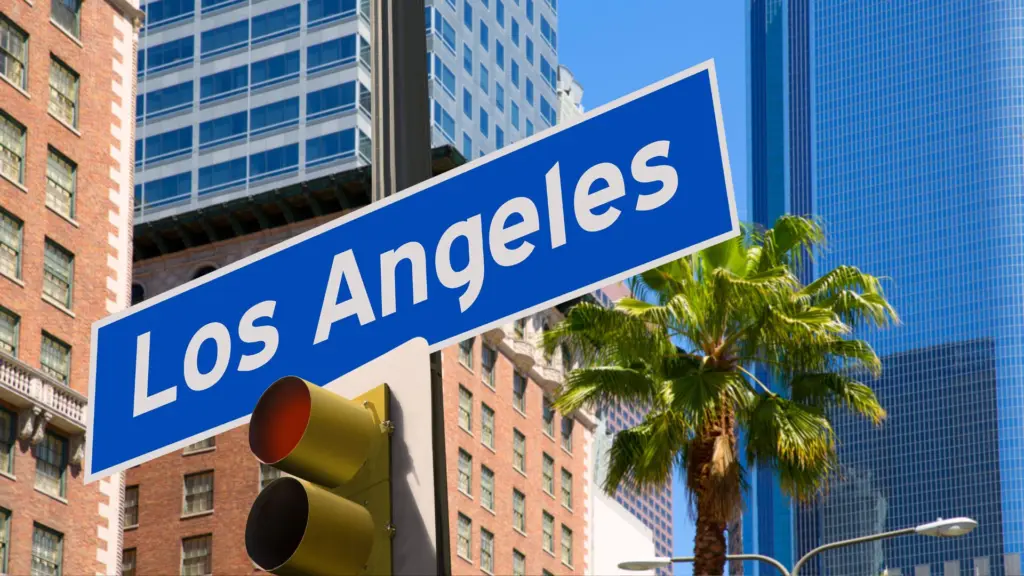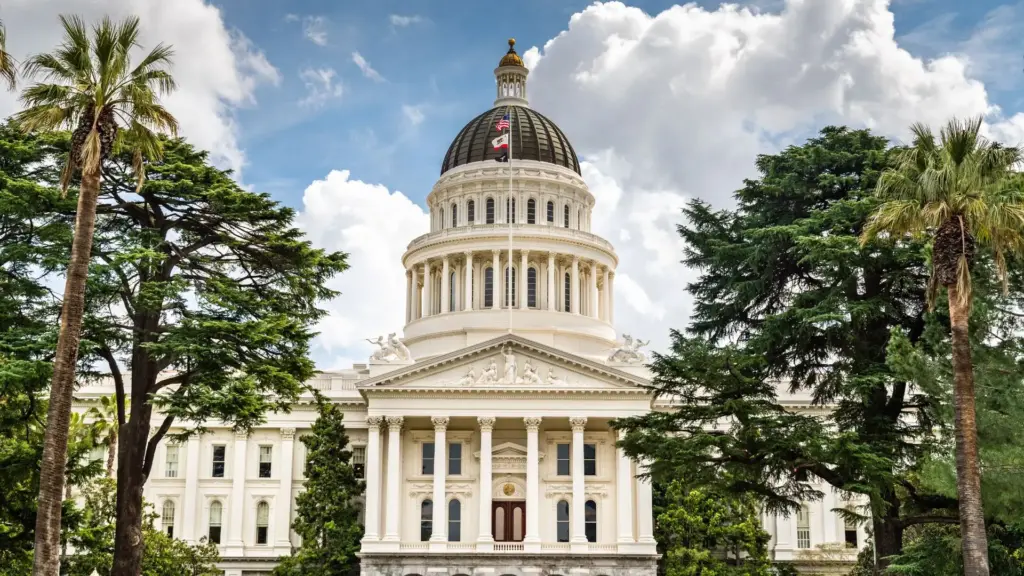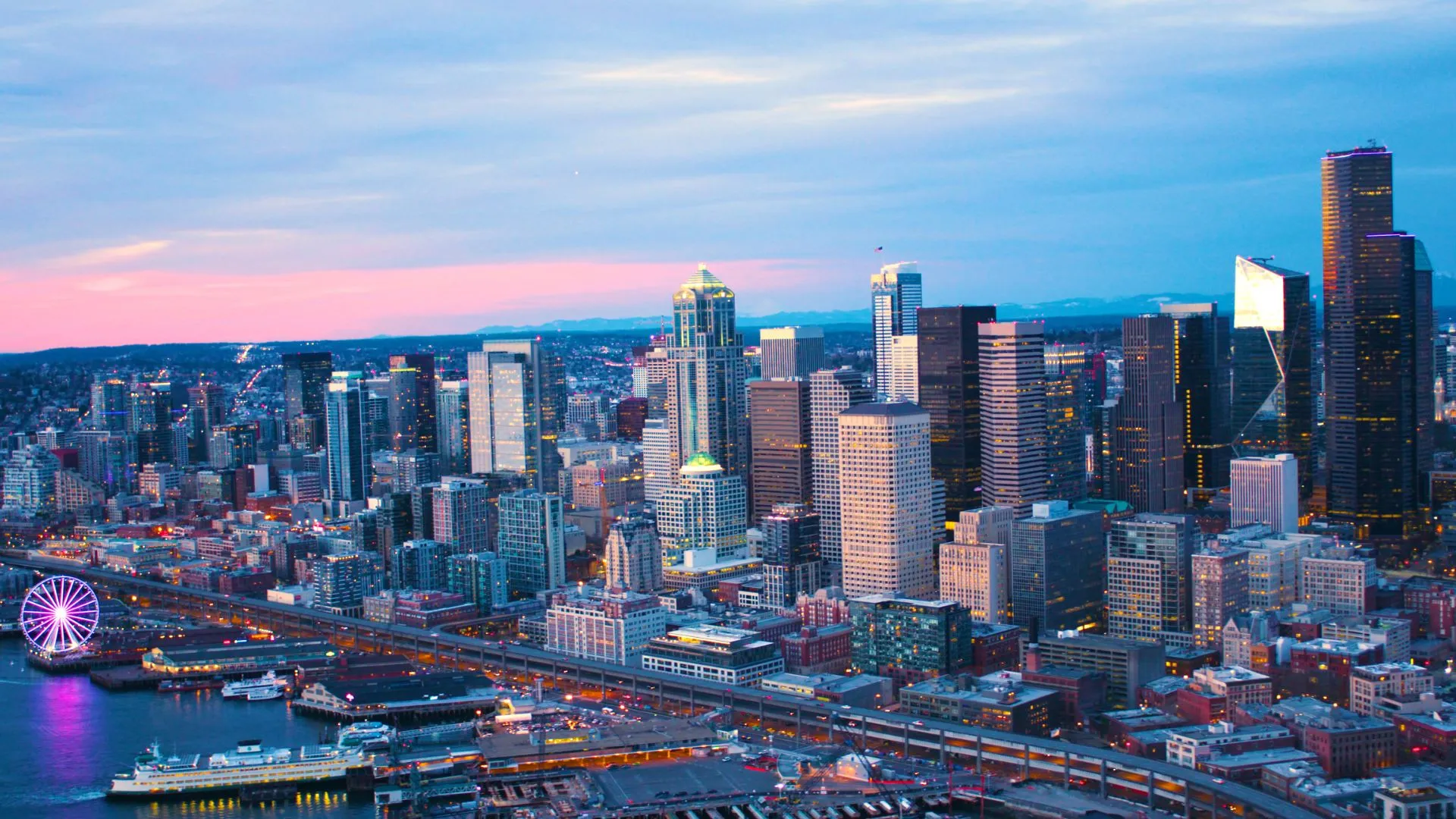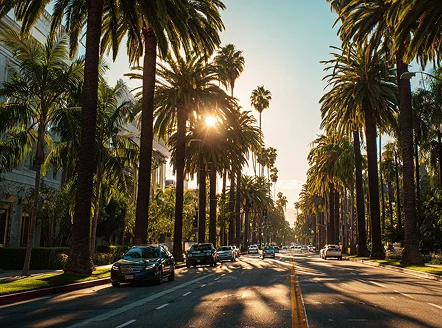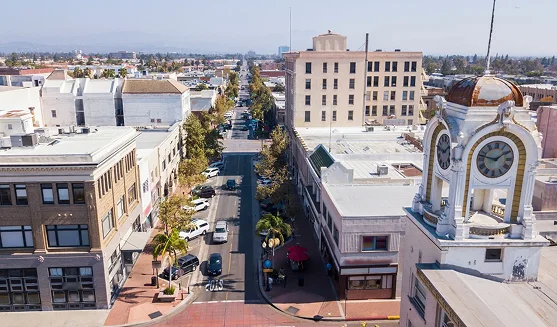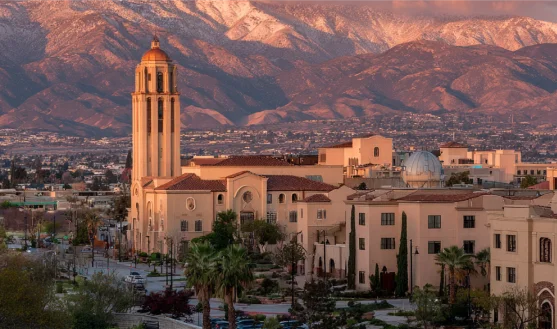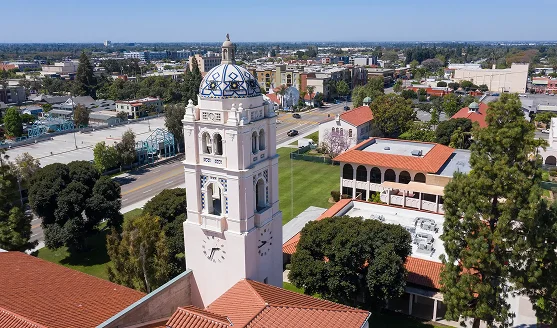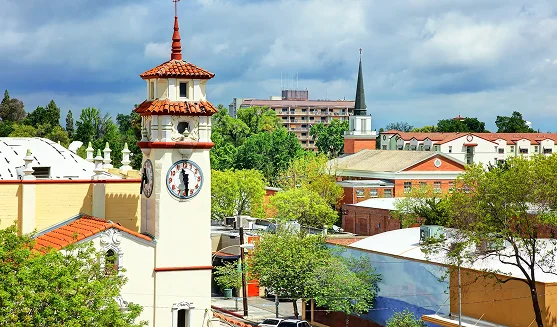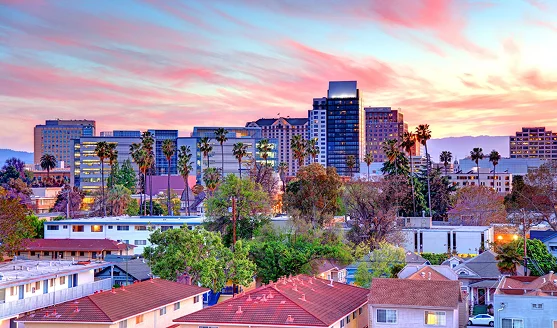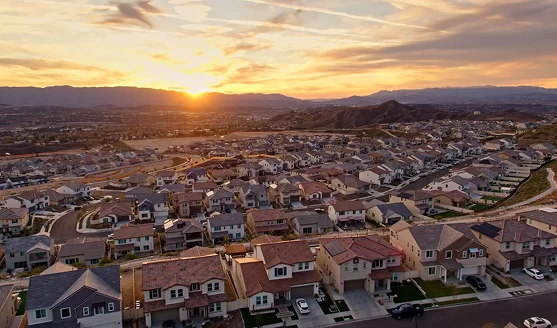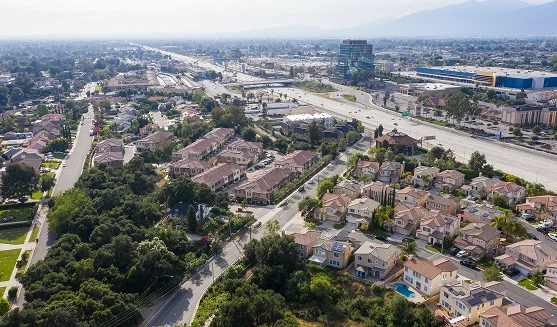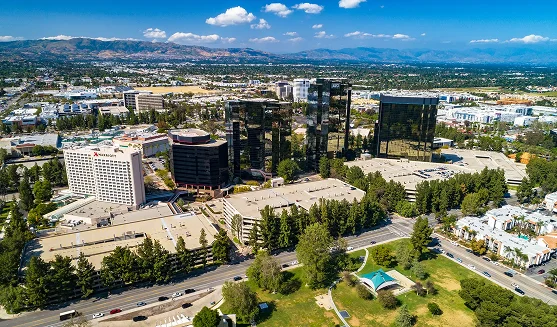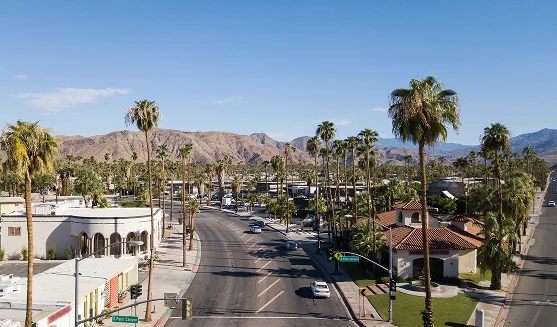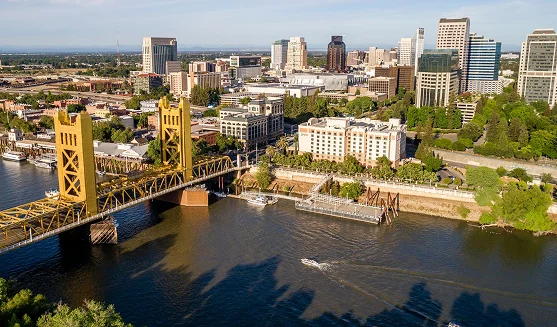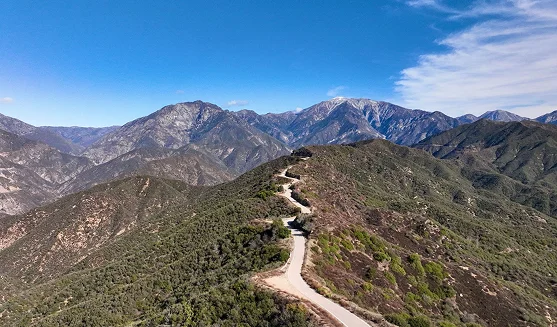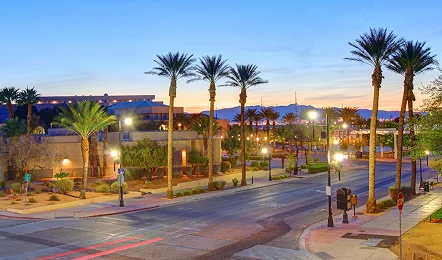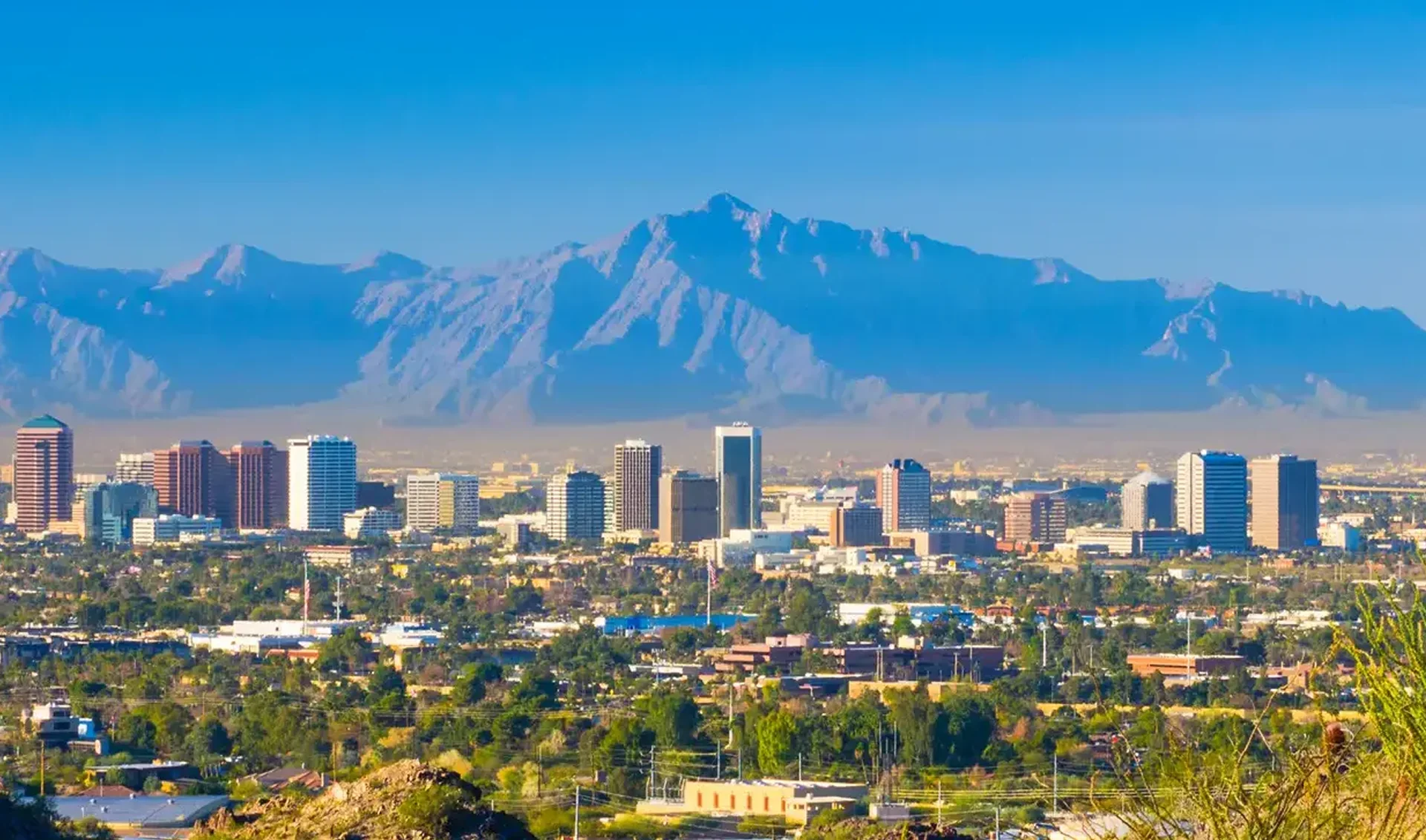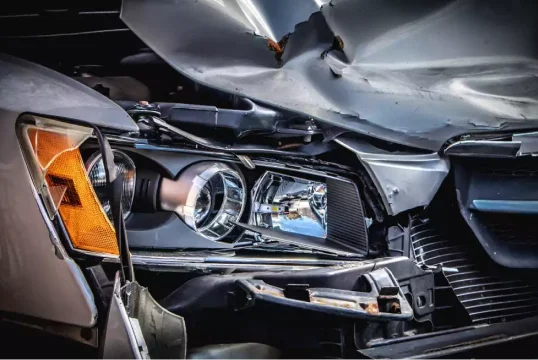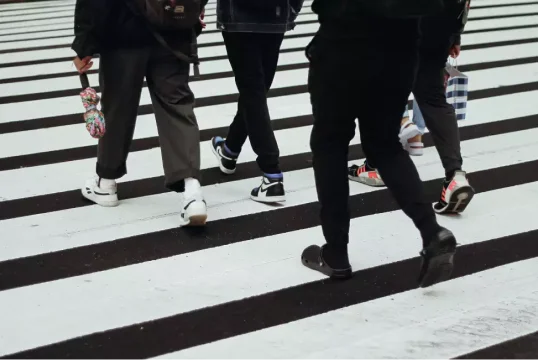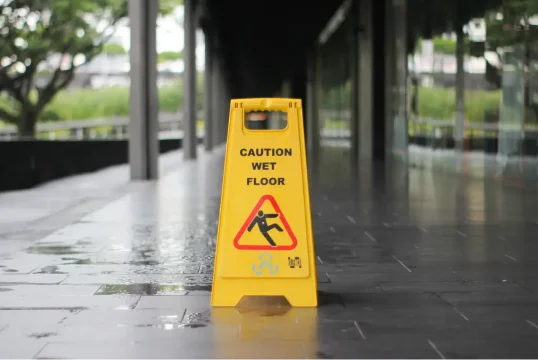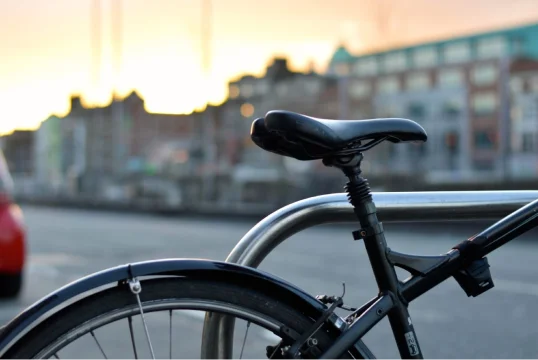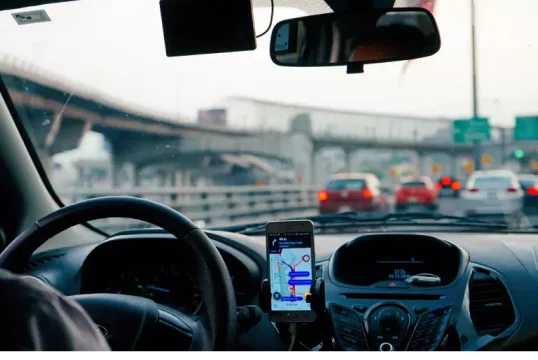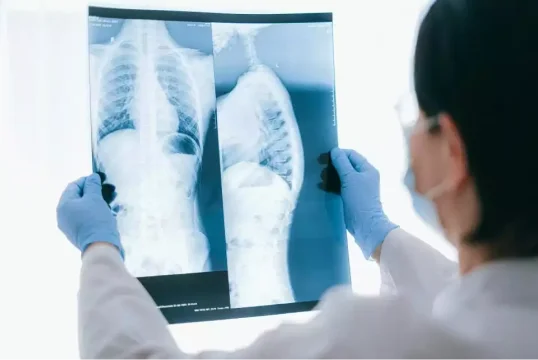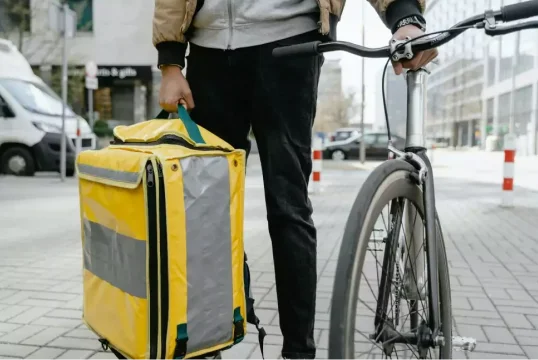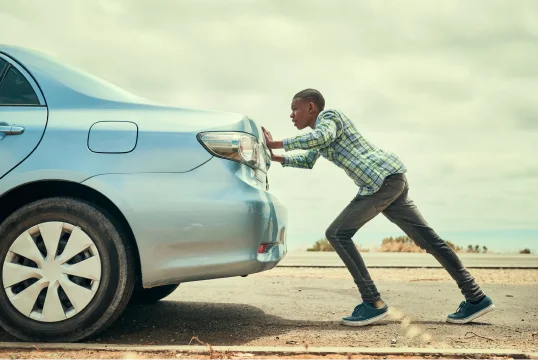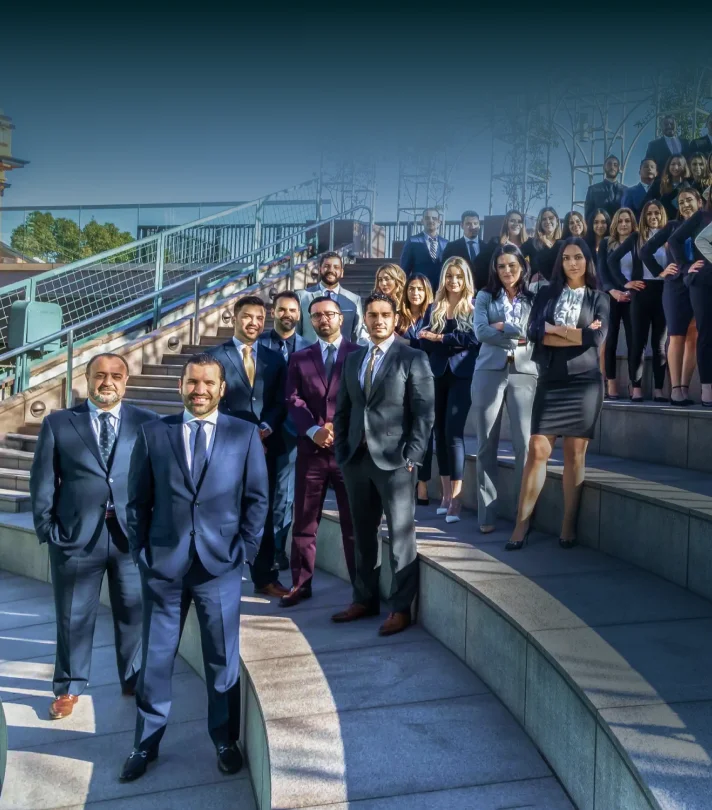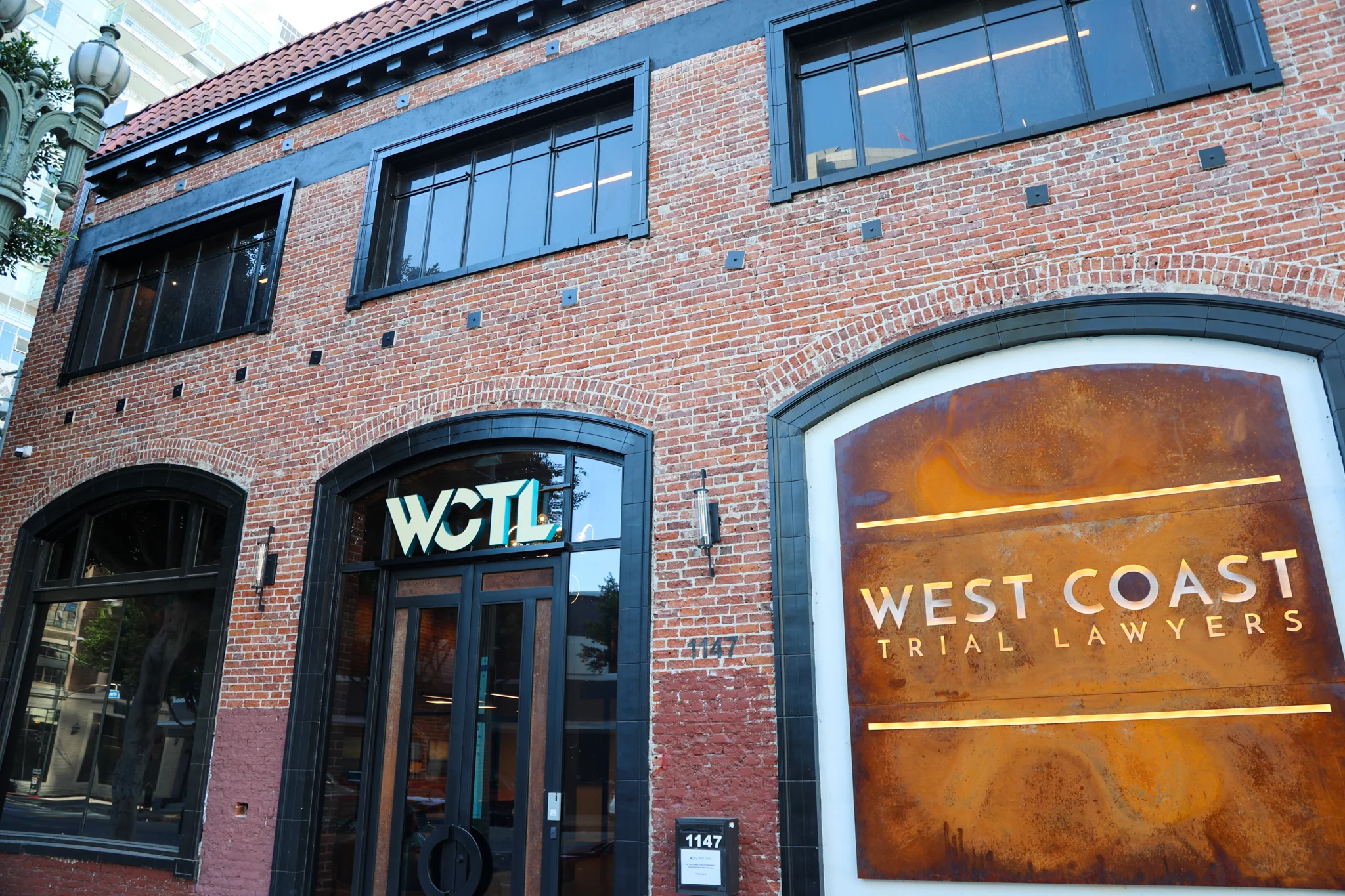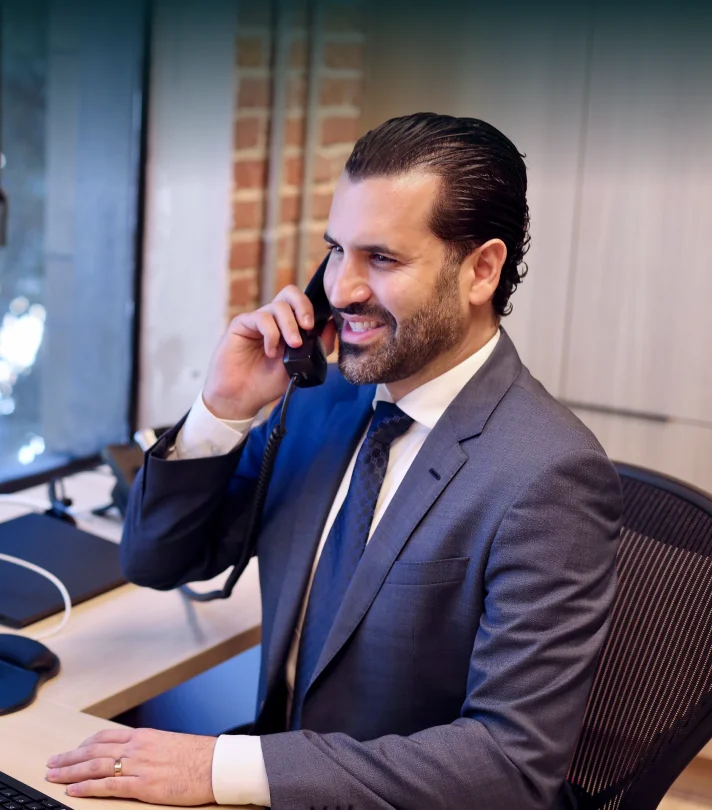
Understanding Rideshare Liability Layers
Liability—blame for the crash—can fall on one or more parties depending on the circumstances of the accident. California follows a comparative fault rule under Civil Code §1714, which means each party is responsible for their share of the blame.
- Rideshare driver — at fault if they were distracted, speeding, intoxicated, or negligent.
- Uber/Lyft — may share liability if the driver was active on the app or if company negligence is proven.
- Third-party driver — could be responsible if they violated traffic laws or caused the crash.
Insurance Coverage Based on App Status
| App Status | Insurance Coverage |
|---|---|
| App off | Driver’s personal insurance only |
| App on, no ride accepted | $50,000 per person / $100,000 per accident / $25,000 property damage |
| Ride accepted or passenger onboard | Up to $1 million commercial liability coverage |
Common Fault Disputes in Rideshare Accidents
- Both drivers claim the other ran a red light
- Rideshare driver denies app was active at the time
- Uber/Lyft claims they are not the employer
- Passenger unsure of what happened or who caused it
📋 5 Steps After a Rideshare Accident
- Call 911 and get medical help
- Take photos and videos of the crash scene
- Request the rideshare driver’s info and confirm app status
- Get witness statements and contact information
- Contact a rideshare accident lawyer immediately
📆 California Statute of Limitations
You have 2 years to file a personal injury claim in California. If the crash involved a government vehicle (like a city bus), you must file a government claim within 6 months.
Real Case: San Jose Client vs. Lyft Driver
One of our clients was a passenger in a San Jose Lyft when the driver ran a red light and was T-boned by an SUV. The initial settlement offer was $26,000. After we reviewed trip data, dash cam footage, and gathered medical expert testimony, the final result was a $390,000 settlement—more than 15x the original offer.
Another Case: Third-Party Driver in Sacramento
In a separate case, a Sacramento client was hit by a rideshare driver while driving their own car. The rideshare company denied liability, claiming the app was off. Our team proved the app was running in background mode and recovered $250,000 in damages.
Feeling Confused About Fault?
You don’t have to sort this out alone. Take a breath. Write down what happened. Let a qualified attorney handle the complexities while you focus on healing. We’re here to make sure you’re not blamed unfairly and receive what you deserve.
FAQs
Can I sue Uber or Lyft directly?
Usually no. Uber and Lyft classify drivers as independent contractors. However, their commercial insurance often applies.
What if both drivers share fault?
California allows shared liability. Each driver’s insurance may cover a portion based on their percentage of fault.
Is Uber/Lyft insurance available if the app was off?
No. Only the driver’s personal insurance applies if the app wasn’t active.
Do passengers have strong cases?
Almost always. Passengers are rarely at fault and usually qualify for compensation through at least one policy.
Can I still file if I was in the other car?
Yes. You can file against the rideshare driver or their company’s policy if the app was active and they caused the crash.
